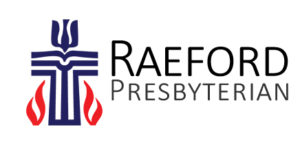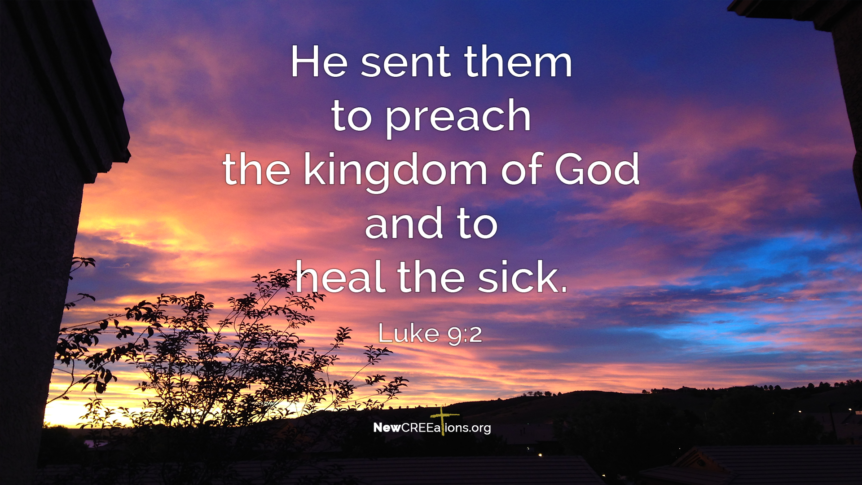Wednesday, July 12, 2017:
When religion is not about healing, it really does not have much to offer people in this life. Many have called such disembodied theology “carrot on the stick” theology or, as my friend Brian McLaren says, we made the Gospel largely into “an evacuation plan for heaven.” [1] If we don’t understand the need and desire for healing now, then salvation (salus = healing) becomes a matter of hoping for some form of delayed gratification. We desperately need healing for groups, institutions, marriage, the wounds of war, abuse, race relations, and the endless social problems in which we are drowning today. But we won’t know how to heal if we never learn the skills at ground zero: the individual human heart.
For much of its history following 313 AD, the Christian church’s job or concern was not healing, but rather maintaining social and church order: doling out graces and indulgences (as if that were possible); granting dispensations, annulments, absolutions, and penalties; keeping people in first marriages at all costs, instead of seeing marriage as an arena for growth, forgiveness, and transformation. In general, we tried to resolve issues of the soul and the Spirit by juridical and “transactional” means, which in my opinion seldom work.
As priests, we felt our job was to absolve sin rather than actually transform people. “Get rid of the contaminating element,” as it were, rather than “Learn what you can about yourself and God because of this conflict.” Those are two very different paths. In the four Gospels, Jesus did two things over and over again: he preached and he healed. We have done a lot of preaching, but not too much healing. We did not know how.
If there isn’t much of a relationship between our religion and our politics, I think it’s because we are not involved in healing ourselves. How can we understand the healing of the world? Only whole people can imagine or call forth a more whole world. Healing depends upon relating with love and compassion. Religion usually focuses on imputing and then forgiving guilt. This is much more about “sin management” than it is about proclaiming a larger-than-life vision for humanity. Remember that the ego contracts around problems. The soul gathers and is drawn by meaning. We too often settle for problem solving. It really is the best way to keep the laity coming back, strangely enough. Carrot on the stick theology keeps us clergy in business. I wish it did not work so well.
Christianity must first teach people how to really pray so they can relate to God as adults. This creates spiritual inter-dependence instead of infantile codependency which people eventually react against. I say this coming from a church that put most of its resources into training children in rote prayers. We can do so much better.
Gateway to Silence:
Build on the positive; build on love.
References:
[1] Brian McLaren, Why Did Jesus, Moses, the Buddha, and Mohammed Cross the Road?: Christian Identity in a Multi-Faith World (New York: Jericho Books), 211.Adapted from Richard Rohr, Dancing Standing Still: Healing the World from a Place of Prayer (Paulist Press: 2014), 53-55.

